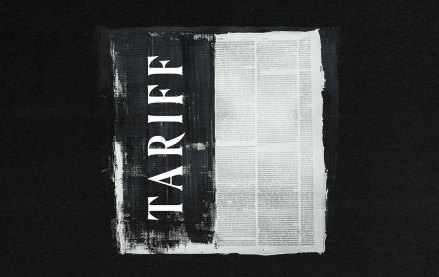Register by Jan 13 to save on passes and connect with marketers from Uber, Bose and more

Responsive design is one of those words that’s thrown around a lot and hyped up as the design solution for the multi-screen world. The latest brand to try out responsive design is L’Oreal Paris.
In an effort to serve users across any devices they use, L’Oreal Paris used responsive design for its new LOrealParisUSA.com site. The site is also designed to deliver personalized, cross-device experiences based on users’ preferences and behavioral data. According to L’Oreal Paris, the idea is that the experience will adapt to users’ needs based on how, when and why they’re accessing the site.
L’Oreal is by no means the first major brand to use responsive design for a consumer-facing site, but the combination of that technology in conjunction with dynamic personalization features could offer a glimpse of the future in terms of the type of digital experiences brands will soon offer consumers. They’re increasingly using data to customize their messaging and Web content on the fly and to make the most of the opportunities they have to interact with consumers.
In theory, no two users should receive the same on-site experience from a brand’s site because it will be customized based on previous interactions with the brand, or perhaps even data gleaned from elsewhere on the Web. As Scott Briskmanm, chief creative officer at digital agency Extractable notes, brands are figuring out how to use data to inform not just on-site content, but off-site messaging, too.
The thinking behind the new site is that it “listens” to users, and adapts fluidly to their devices and context. A user might imply she has green eyes based on desktop browsing habits, for example, and the site can then suggest relevant products to compliment here eye color when she’s at a retail location and on her phone later that day.
That type of personalization has driven ecommerce sites like Amazon for years, but users increasingly expect to see customized experiences when they visit brand sites, too, suggested L’Oreal Paris USA President Karen T. Fondu. It’s no longer enough to offer up the same content to every visitor because the way they use the company’s products and indeed their own devices continues to evolve. “We know the way women shop and live is changing rapidly,” she said.
The site itself was developed over the course of a year by R/GA, using personalization technology from RichRelevance.
More in Marketing

What does media spend look like for 2026? It could be worse — and it might be
Forecasts for 2026 media spend range from 6.6% on the lower end to over 10% but the primary beneficiaries will be commerce, social and search.

Pitch deck: How Amazon is emerging as the proof layer for TV spend
Amazon is positioning itself to advertisers as the “first-stop shop” for planning, buying, optimizing and measuring TV.

Here are the 2025 brand winners and losers of tariffs
Tariffs completely upended the retail industry in 2025 — and no company was left unscathed.





